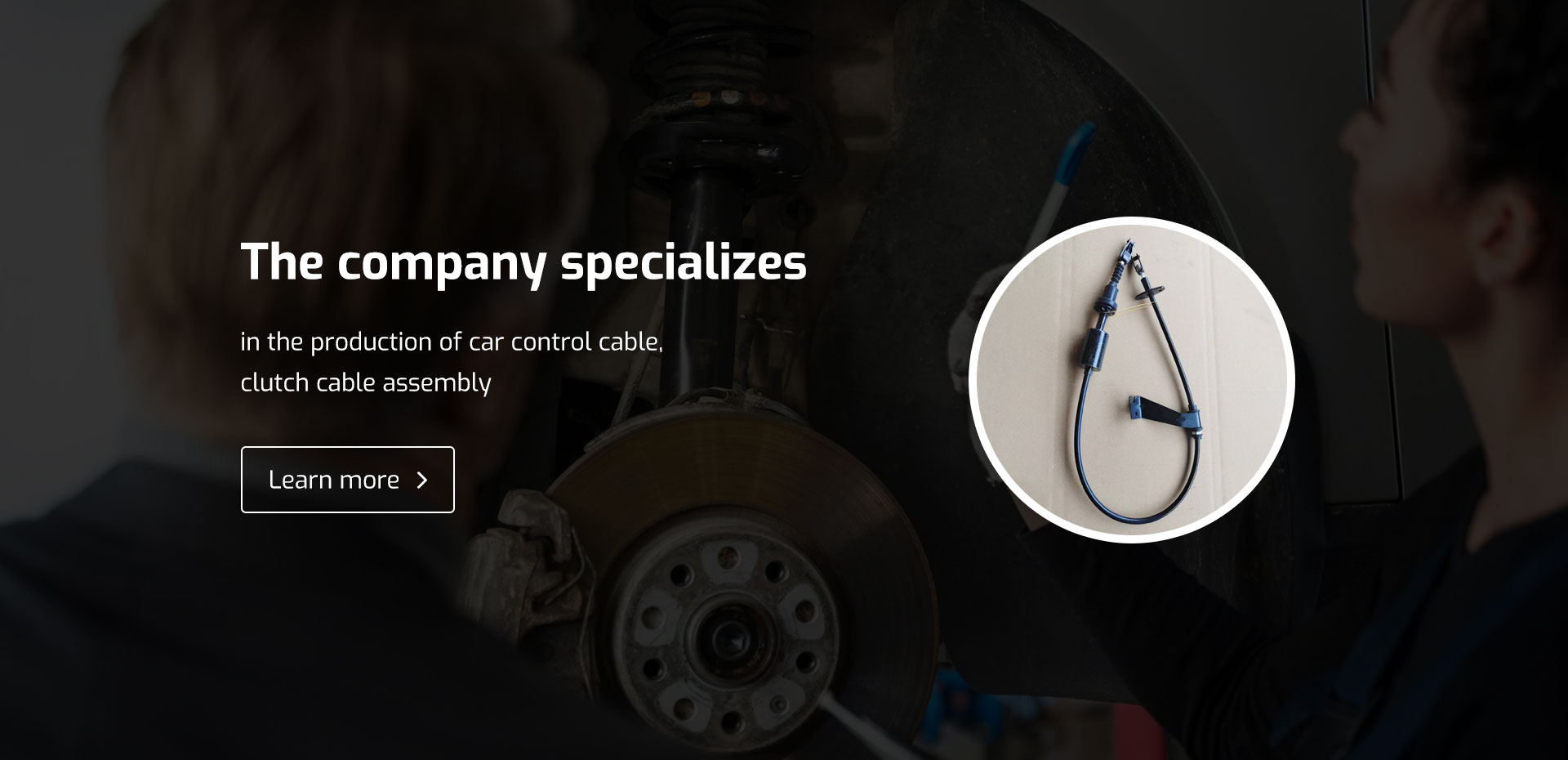Car Gear Cable Replacement Guide for Smooth Shifting and Performance Enhancement
The Importance of Gear Cables for Cars A Comprehensive Overview
In the world of automotive engineering, the significance of seemingly small components cannot be overlooked. One such crucial element is the gear cable, a vital part of a car's transmission system that plays an essential role in ensuring smooth gear shifting and overall vehicle performance. In this article, we will delve into the intricacies of gear cables for cars, discussing their function, types, common issues, and maintenance tips.
What is a Gear Cable?
A gear cable, often referred to as a shift cable, is a flexible mechanical device that connects the gear lever in the cabin to the transmission system underneath the vehicle. Its primary purpose is to transmit the driver's actions—shifting gears—into the appropriate mechanical movements within the transmission. This system allows for the seamless engagement and disengagement of gears, thereby enabling the car to accelerate, decelerate, and navigate various driving conditions.
The Function of Gear Cables
Gear cables are integral to both manual and automatic transmission systems, albeit functioning differently based on the type of transmission. In manual transmissions, the gear cable connects the gear lever directly to the transmission, allowing the driver to shift gears manually. Conversely, in automatic transmissions, the cables work in conjunction with electronic components to facilitate gear changes without direct driver intervention.
The design of gear cables allows them to withstand significant stress and strain. They are typically made from high-quality materials that resist wear and tear, ensuring long-lasting performance. Additionally, the flexibility of gear cables enables smooth movement, allowing for precise gear shifts and enhancing the overall driving experience.
Types of Gear Cables
There are primarily two types of gear cables Standard and Universal.
1. Standard Gear Cables These are specifically designed for particular car models and are tailored to fit the unique specifications of the vehicle’s transmission system. They ensure optimal performance and compatibility, making them a popular choice among car manufacturers.
2. Universal Gear Cables These cables are designed to be adaptable to a wide range of vehicles. While they offer versatility and availability, users must ensure they select the right size and length for their specific vehicle to avoid compatibility issues.
Common Issues with Gear Cables
gear cable for car

Like all vehicle components, gear cables can encounter issues over time, leading to performance problems. Some of the most common issues include
2. Misalignment If the gear cable becomes misaligned, it can cause inaccurate gear shifts, making it challenging for drivers to predict the vehicle’s response.
3. Corrosion Exposure to harsh weather conditions can lead to corrosion of the cable, reducing its effectiveness and lifespan.
4. Debris Accumulation Dust, dirt, and other debris can accumulate around the cable, hindering its movement and causing performance issues.
Maintenance of Gear Cables
To prevent issues with gear cables and ensure they function optimally, regular maintenance is essential. Here are some tips
- Regular Inspection Periodically check the gear cables for signs of fraying, corrosion, or wear. Early detection can prevent more significant issues down the line.
- Lubrication Proper lubrication can help maintain the flexibility of gear cables. Ensure you use the recommended lubricants to avoid any damage to the cables.
- Professional Servicing For complicated issues, it is best to seek professional servicing. Technicians can diagnose problems accurately and perform necessary repairs or replacements.
Conclusion
In conclusion, gear cables are an often-overlooked aspect of a vehicle's performance. They play a critical role in ensuring smooth gear shifts and overall functionality of the transmission system. By understanding their importance, types, common issues, and maintenance practices, vehicle owners can better appreciate this vital component and ensure their car remains in top-notch condition. Regular attention to gear cables can not only enhance driving comfort but also extend the life of the vehicle, making it a worthy investment in automotive care.
-
Upgrade Your Control with Premium Throttle CablesNewsAug.08,2025
-
Stay in Control with Premium Hand Brake CablesNewsAug.08,2025
-
Experience Unmatched Performance with Our Clutch HosesNewsAug.08,2025
-
Ensure Safety and Reliability with Premium Handbrake CablesNewsAug.08,2025
-
Enhance Your Vehicle with High-Performance Clutch LinesNewsAug.08,2025
-
Elevate Your Ride with Premium Gear CablesNewsAug.08,2025
